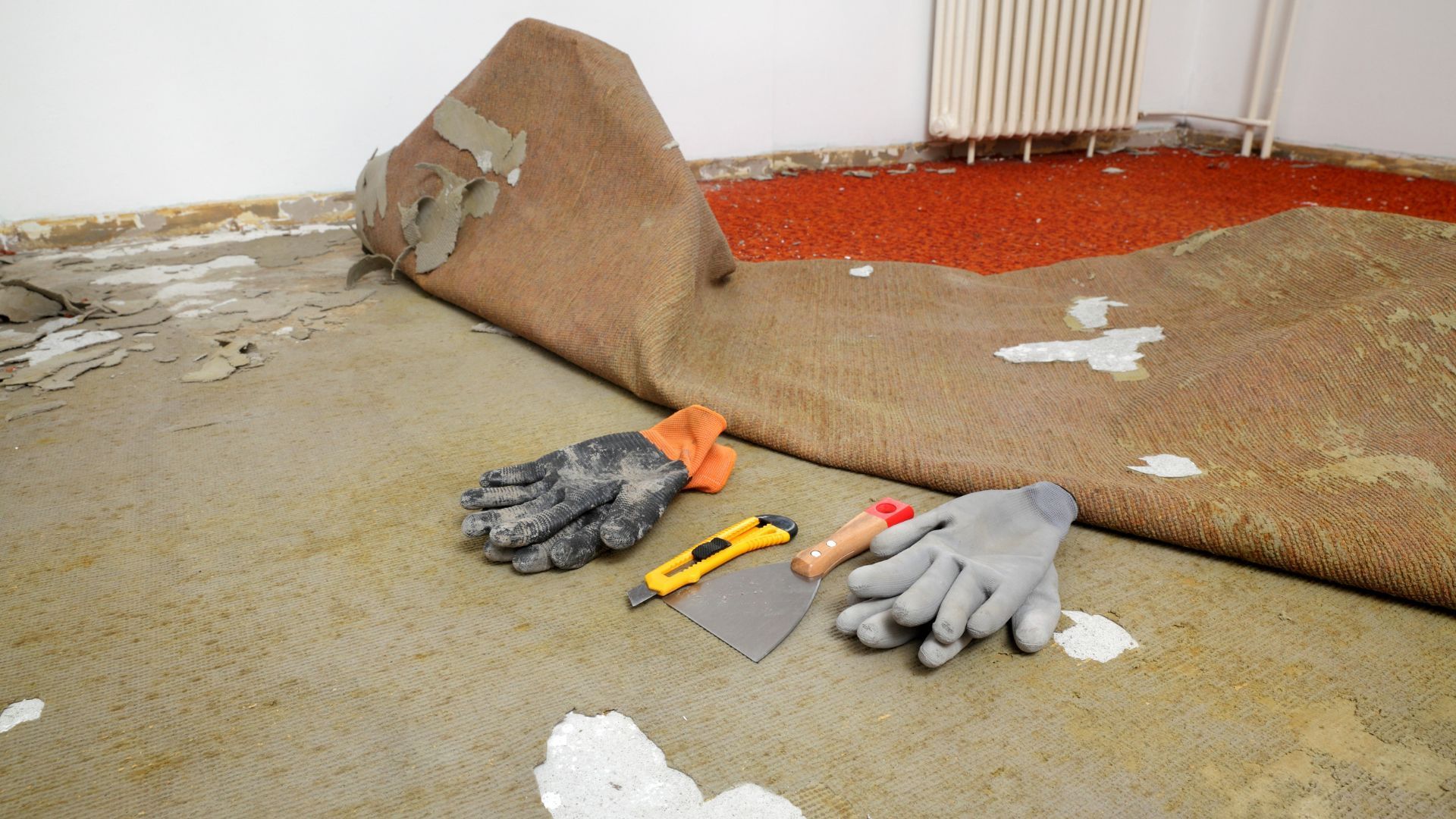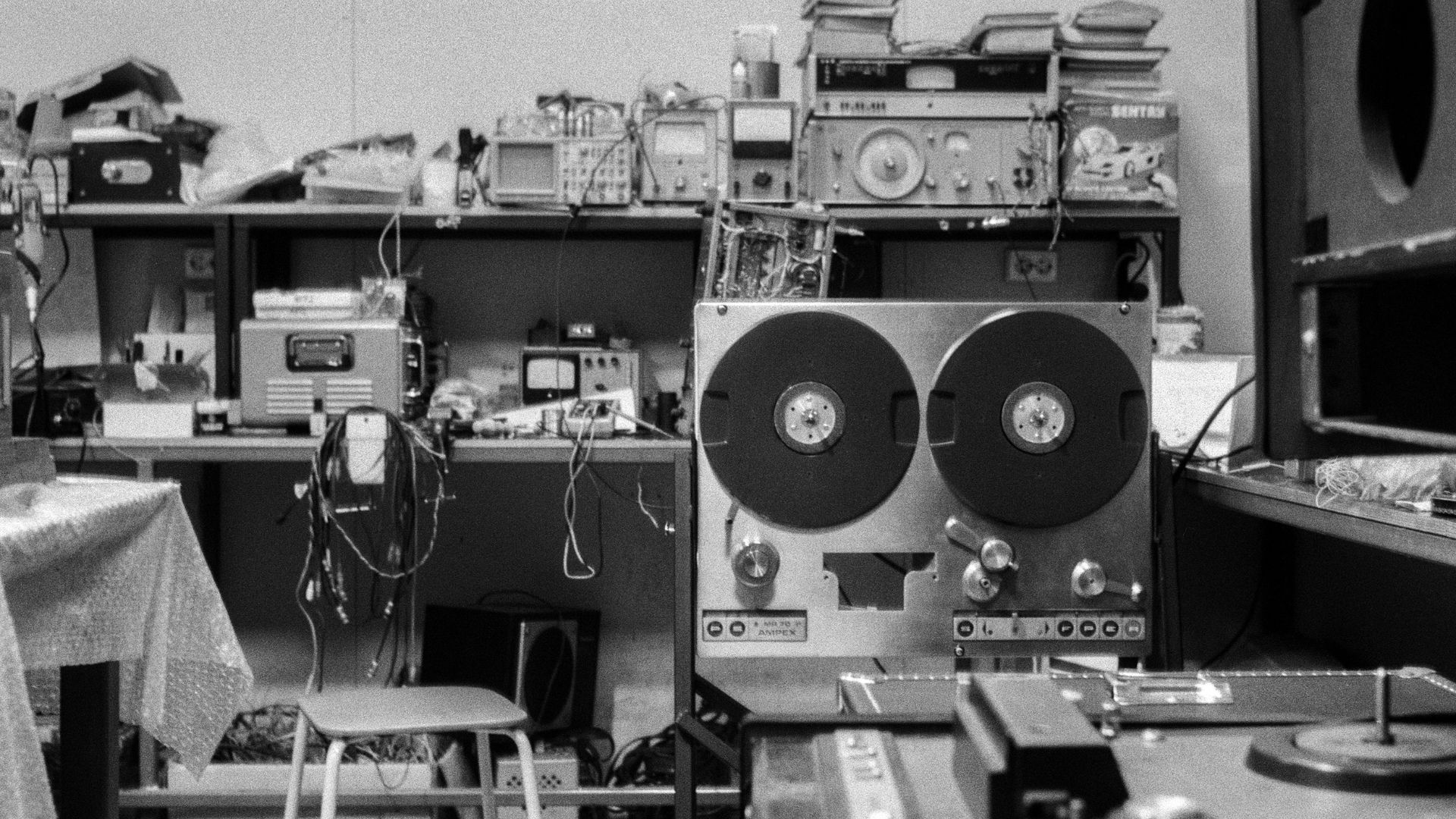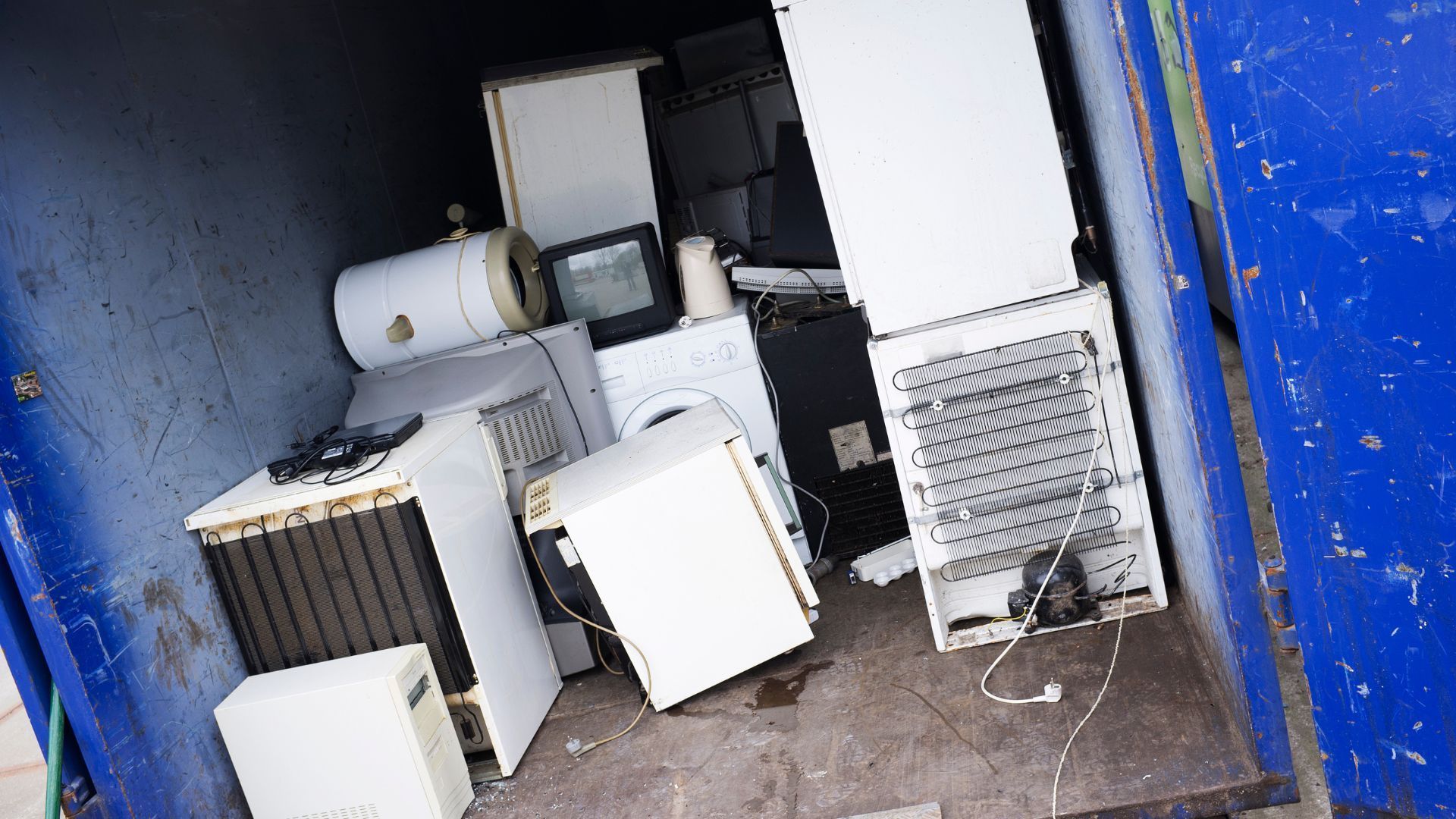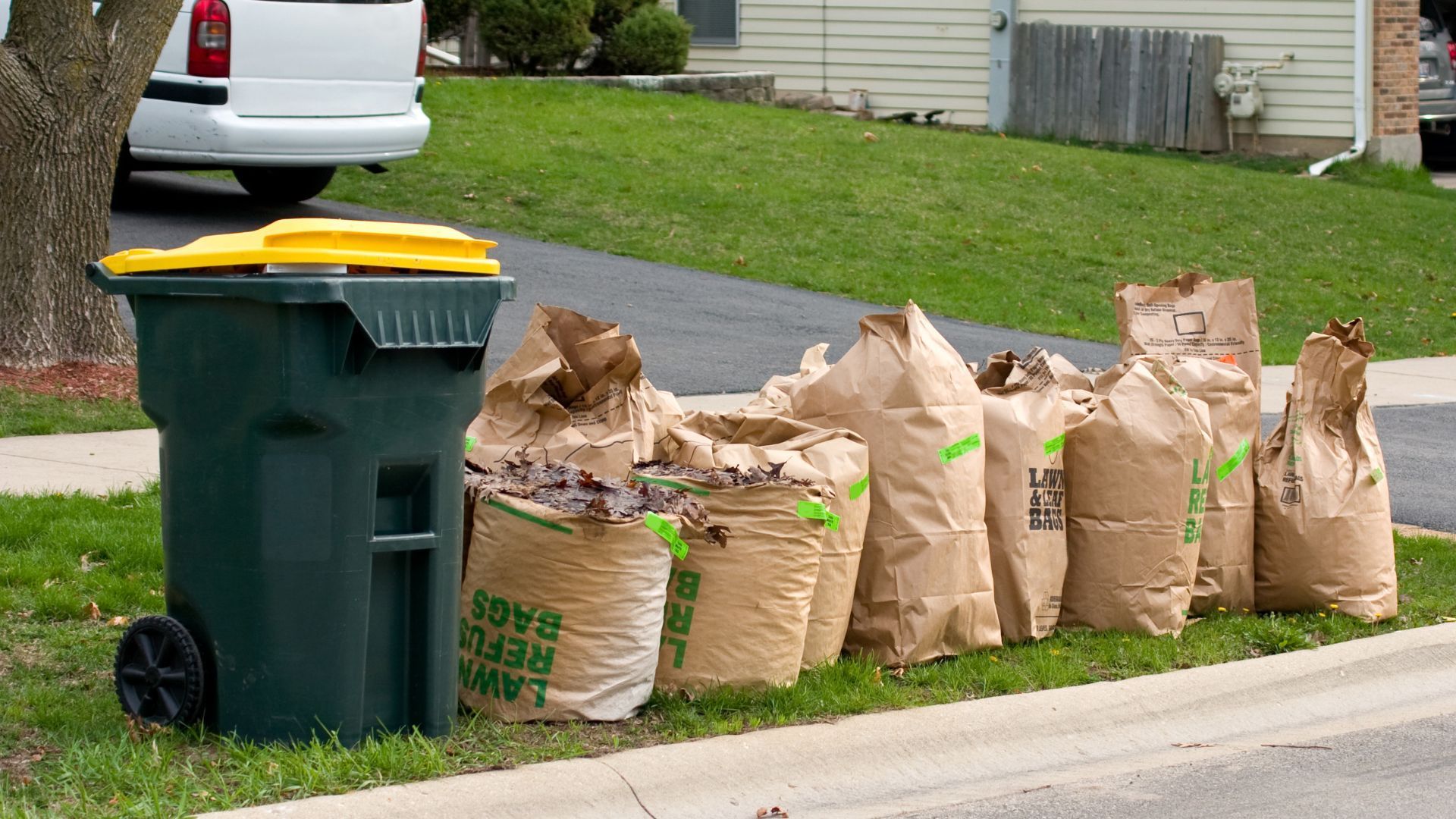Carpet Removal: A Step-by-Step Guide
Carpet can completely change the feel of a home, adding warmth and comfort underfoot, but over time, it begins to wear down. Stains, odors, and general wear eventually make even the most well-maintained carpet lose its appeal. When that happens, removal becomes the first step toward updating the look and function of a room.
Carpet removal is not only about pulling up old flooring—it’s about preparing a space for something new. Tack strips, padding, staples, and adhesives all need careful attention during the process. Done properly, it ensures the subfloor remains intact and ready for replacement, while also making cleanup much easier. Whether you choose to handle the project yourself or rely on professionals, understanding the steps involved helps you make informed decisions and avoid costly mistakes.
Understanding Why Carpet Removal Matters
Carpet removal is often underestimated, yet it plays a significant role in the health and functionality of a home. Old carpet is notorious for harboring allergens, mold spores, pet dander, and dust mites that standard cleaning can’t fully eliminate. Over time, this buildup contributes to respiratory issues, unpleasant odors, and poor air quality. Removing the carpet addresses these hidden issues and sets the stage for a cleaner living environment.
There’s also the aesthetic and functional side to consider. Worn carpet with stains, frayed edges, or matted fibers can make a space appear dated and neglected. Removing it opens the door to upgrading with modern flooring materials that elevate both style and durability. Whether you’re preparing for hardwood, laminate, or tile, the first step is always the careful removal of what no longer serves its purpose.
Gathering The Tools Needed For The Job
A successful carpet removal project begins with preparation, and that means having the right tools at hand. Essential items include a sharp utility knife for cutting carpet into manageable sections, pliers for pulling up staples, and a pry bar with a hammer for removing tack strips. These basic tools help you work systematically without damaging the subfloor. Protective gear like gloves, knee pads, and safety glasses should also be considered non-negotiable to ensure comfort and safety while working.
Depending on the condition of the carpet and padding, you may also need a heavy-duty floor scraper to tackle stubborn adhesives or a staple remover for padding that’s been fastened too tightly. For large rooms, a carpet kicker can help loosen edges tucked under baseboards. Having everything ready before starting saves both time and frustration. Ultimately, the right tools transform a potentially overwhelming task into a manageable step-by-step process, minimizing setbacks and streamlining the entire removal project.

Preparing The Room Before Starting
Before diving into carpet removal, taking the time to prepare the room sets the foundation for a smoother process. Start by removing all furniture, electronics, and fragile décor items to create an open workspace. Even small objects left behind can slow you down or become safety hazards as you move around.
Relocating everything ahead of time prevents damage and allows you to focus solely on the flooring.
Once the room is cleared, vacuum the carpet thoroughly. This may seem unnecessary since the carpet will be removed, but it helps reduce dust and allergens that get stirred up during the process. To further contain the mess, seal doorways with plastic sheeting and cover air vents to prevent debris from spreading throughout the house.
Cutting Carpet Into Manageable Sections
Carpet is surprisingly heavy when removed in large pieces, so breaking it into smaller sections is a practical approach. Using a sharp utility knife, slice the carpet into strips approximately three to four feet wide. This size strikes the right balance between being large enough for efficient removal yet small enough to roll up and carry without strain. Always cut from the back of the carpet for a smoother glide and less resistance.
As you cut each strip, pull it back slowly to separate it from the padding below. Rolling the strips tightly and securing them with duct tape makes them easier to handle during disposal. By working in sections, you avoid unnecessary clutter and reduce the risk of tripping hazards while moving around the room.
Tackling The Padding Beneath The Carpet
Beneath every carpet lies padding designed to provide cushioning and comfort, but removing it can be just as demanding as the carpet itself. In many homes, the padding is stapled to the subfloor. Using pliers or a flathead screwdriver, carefully pull up the padding and extract the staples as you go. This step can be time-consuming, but it’s essential for creating a smooth base for new flooring.
In cases where the padding has been glued down, a floor scraper becomes your best tool. Gently work under the adhesive, loosening the material until it can be lifted. Some adhesives may require multiple passes, and stubborn spots might need additional scraping or adhesive remover. While tedious, removing padding thoroughly ensures that no remnants interfere with the installation of new flooring.
Dealing With Tack Strips And Staples
Tack strips are thin, nail-studded boards placed along the perimeter of a room to hold carpet in place. Removing them is one of the trickiest parts of the process due to their sharp edges and firmly embedded nails. Using a pry bar and hammer, carefully lift each section while wearing heavy-duty gloves to protect your hands from injury. Take your time, as rushing can lead to damaged subflooring or splinters.
Staples, meanwhile, are scattered across the floor, securing the padding. Many break when pulled, leaving sharp pieces behind. A pair of pliers is invaluable for extracting them cleanly, while a flathead screwdriver helps loosen stubborn ones. Though this step is meticulous, it’s essential for creating a smooth surface. Any leftover strips or staples can interfere with new flooring installation, leading to uneven surfaces or squeaks.
Managing Disposal Of Old Carpet
Once the carpet, padding, tack strips, and staples are removed, the challenge becomes what to do with all the material. Carpet is bulky and heavy, and most curbside trash services won’t accept it unless it is cut into specific lengths and properly tied. Some municipalities enforce strict disposal regulations, making it important to research local guidelines before hauling everything outside.
For large projects or multiple rooms, renting a truck or arranging for professional junk removal may be the most practical option. Specialized disposal services can transport old carpet to recycling facilities, where fibers and padding are repurposed rather than wasted. This eco-friendly option keeps bulky materials out of landfills. Proper disposal isn’t just about convenience—it ensures compliance with community rules and contributes to environmental responsibility.
When To Call Professionals For Help
While many homeowners start carpet removal with confidence, they quickly realize it’s a bigger project than expected. Large rooms, commercial spaces, or areas with glued-down padding can turn the task into a time-consuming and physically exhausting challenge. In such cases, hiring professionals is a wise choice.
Experts come with specialized tools, protective equipment, and experience that allow them to work efficiently and safely. They also handle disposal, which can be one of the most inconvenient parts of the job. For those with busy schedules, health concerns, or limited mobility, professional services remove stress and save time. What may take a homeowner days can often be completed in hours by a skilled team. Calling in help isn’t about avoiding effort—it’s about ensuring the job is done correctly, leaving your subfloor ready for its next transformation.
Preparing The Floor For New Flooring
After the old carpet is gone, the focus shifts to preparing the subfloor. This stage is critical because the quality of the new flooring depends heavily on the condition of the base. Start by sweeping and vacuuming thoroughly to eliminate dust, dirt, and leftover debris. Next, inspect for signs of damage like cracks, water stains, or uneven areas. Small imperfections can be patched with wood filler or leveling compound, but more serious issues may require professional repair.
If adhesive residue remains, use a scraper or adhesive remover to ensure a smooth surface. The cleaner and flatter the subfloor, the easier the installation will be. Preparing properly not only prevents future flooring issues like buckling or squeaks but also extends the lifespan of your new material. Skipping this step may save time initially, but it can create costly problems later.
The Benefits Of Starting Fresh With New Flooring
Removing old carpet creates an exciting opportunity to reimagine your space with modern flooring options. Hardwood provides timeless elegance and long-term durability, while laminate offers style and resilience at a budget-friendly price. Tile delivers versatility and easy maintenance, making it ideal for kitchens and bathrooms. Each choice opens new possibilities for design and function, giving your home a refreshed look and feel.
Beyond aesthetics, new flooring contributes to better indoor air quality by reducing allergens and making cleaning easier. It can also increase property value, appealing to future buyers who appreciate updated interiors. The transformation from outdated carpet to a sleek new floor enhances both comfort and appearance. By taking the time to remove carpet correctly and investing in fresh flooring, you set the stage for years of enjoyment. The process is more than a renovation—it’s a renewal that elevates how your home feels and functions.
Conclusion
Carpet removal is a detailed process that requires patience, preparation, and the right techniques. From cutting carpet into manageable sections to tackling tack strips, padding, and disposal, each step contributes to creating a clean foundation for new flooring. Done correctly, it transforms a challenging task into a smooth pathway toward a refreshed, healthier, and more attractive home.
For those who prefer expert support, Freedom Junk Removal in Pinellas Park, FL, offers professional carpet removal and hauling services. Reach out at (727) 295-2143 or info@freedomjunkremoval.net to schedule reliable assistance. With experienced help, you can enjoy the benefits of a clean slate and prepare your home for the beauty of new flooring without the stress of handling the process on your own.





